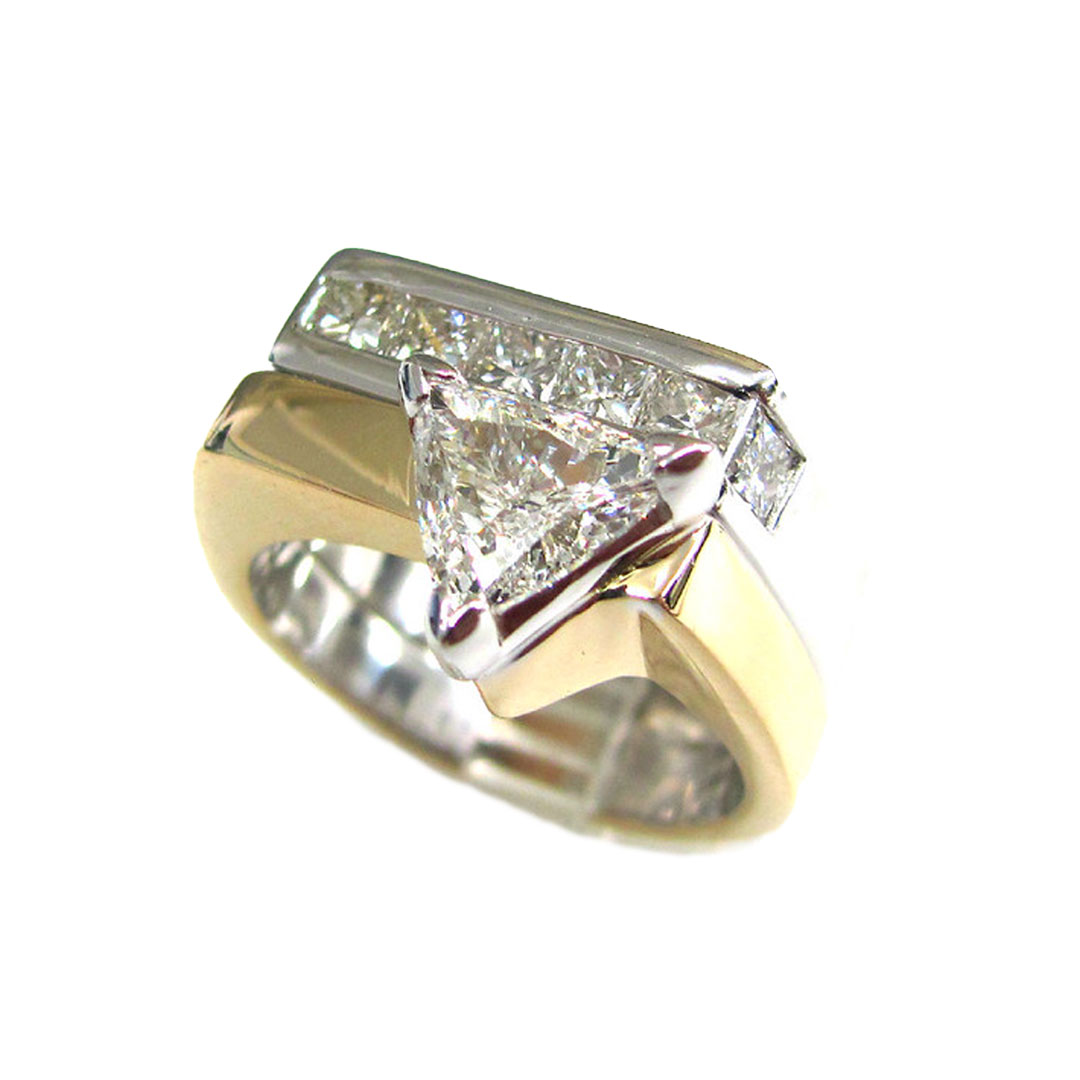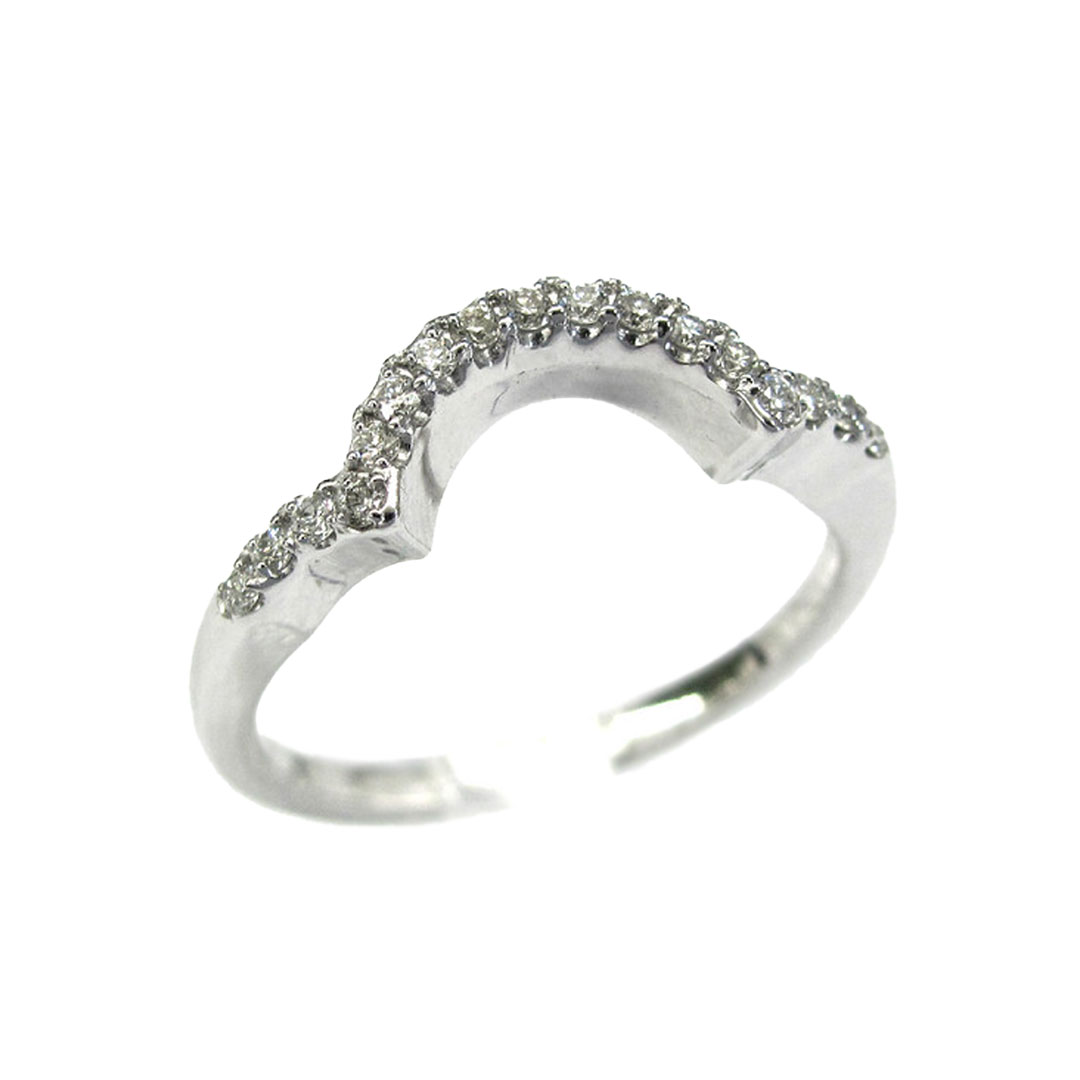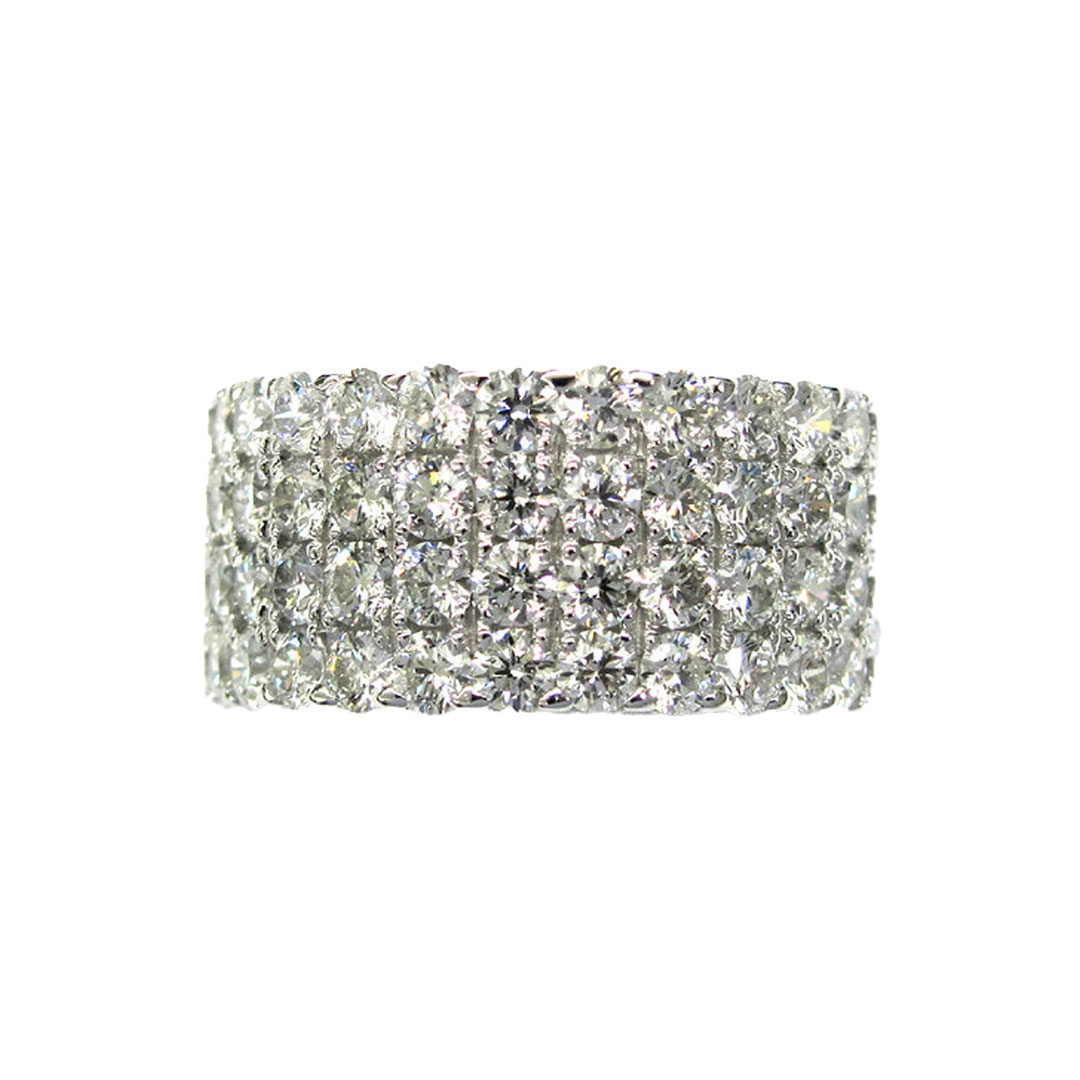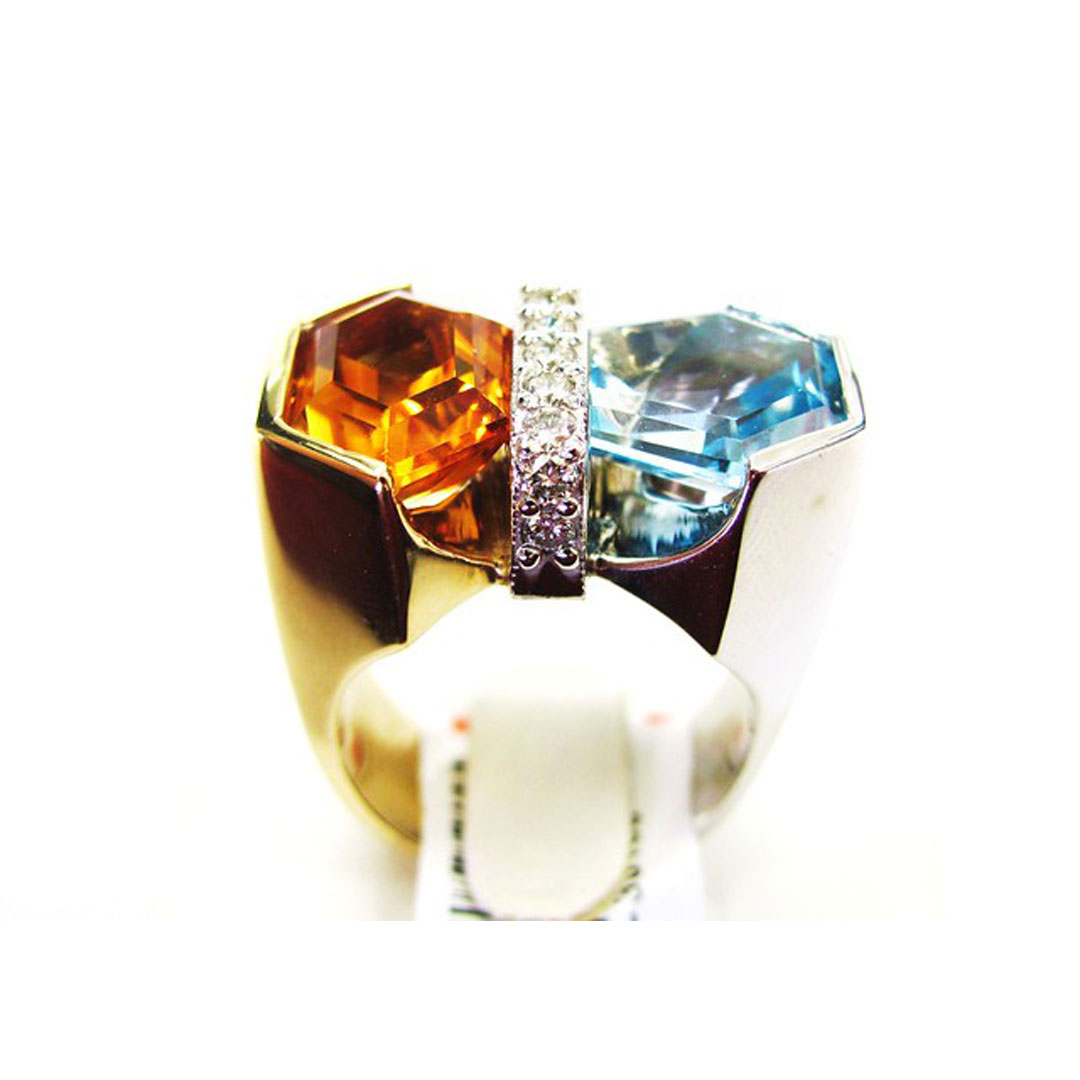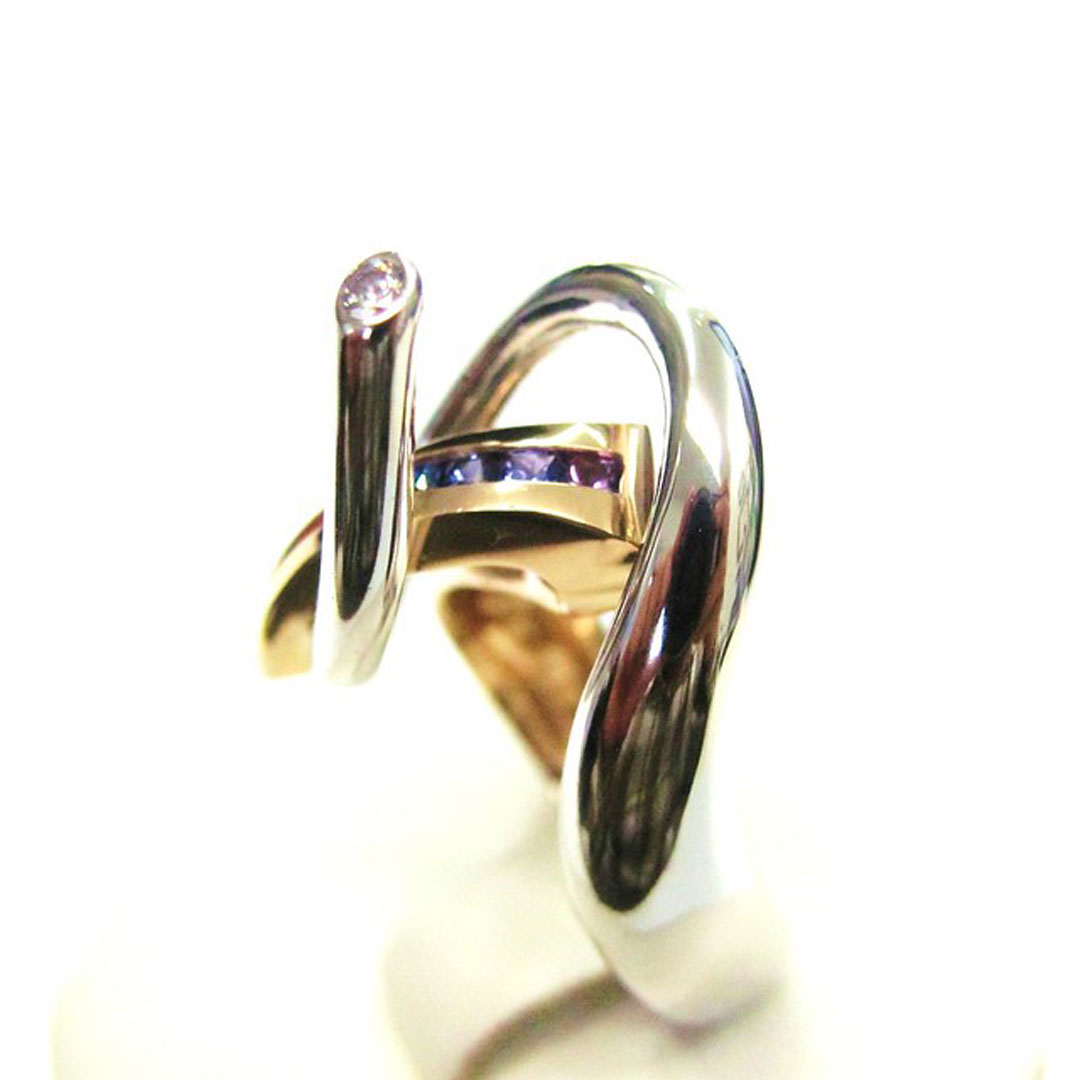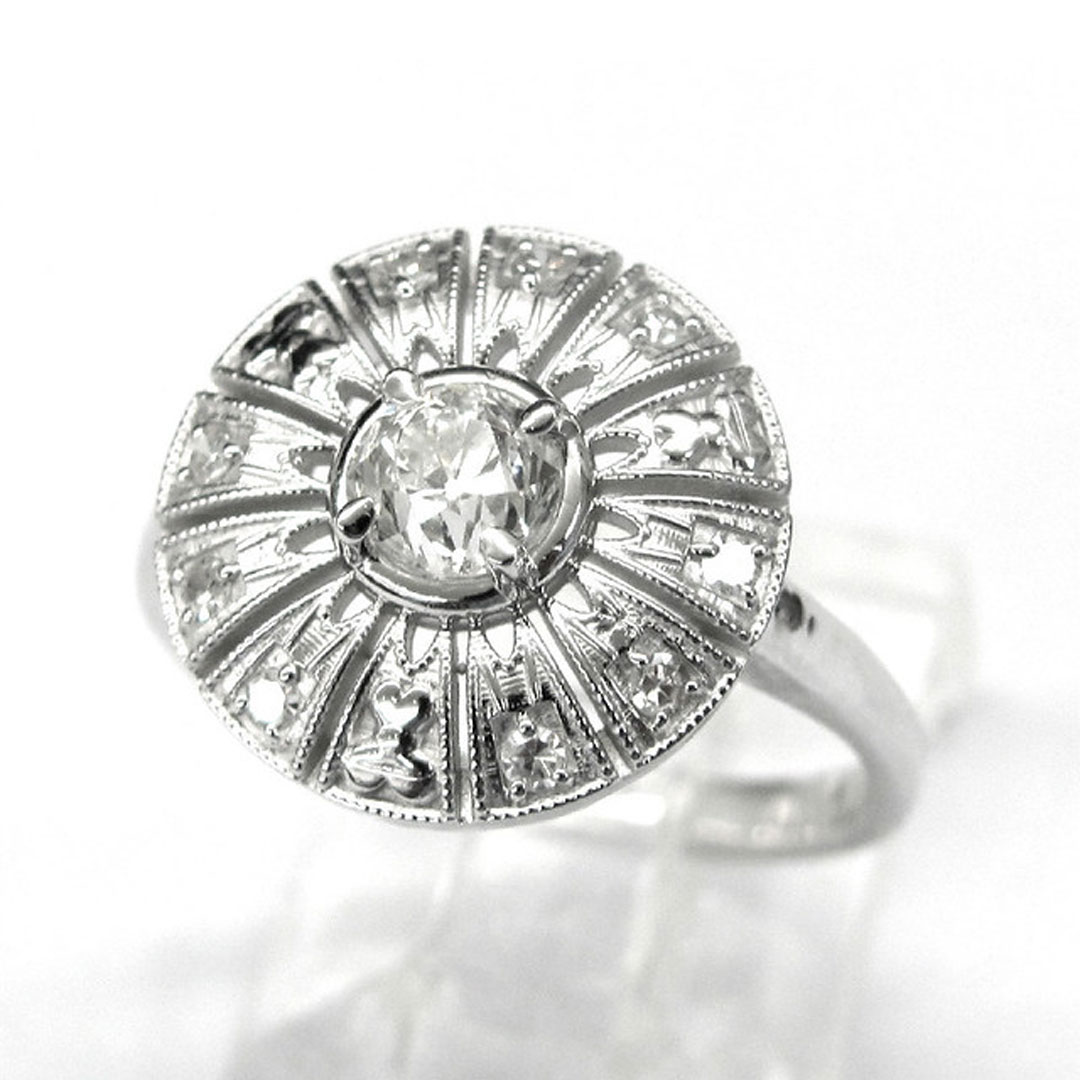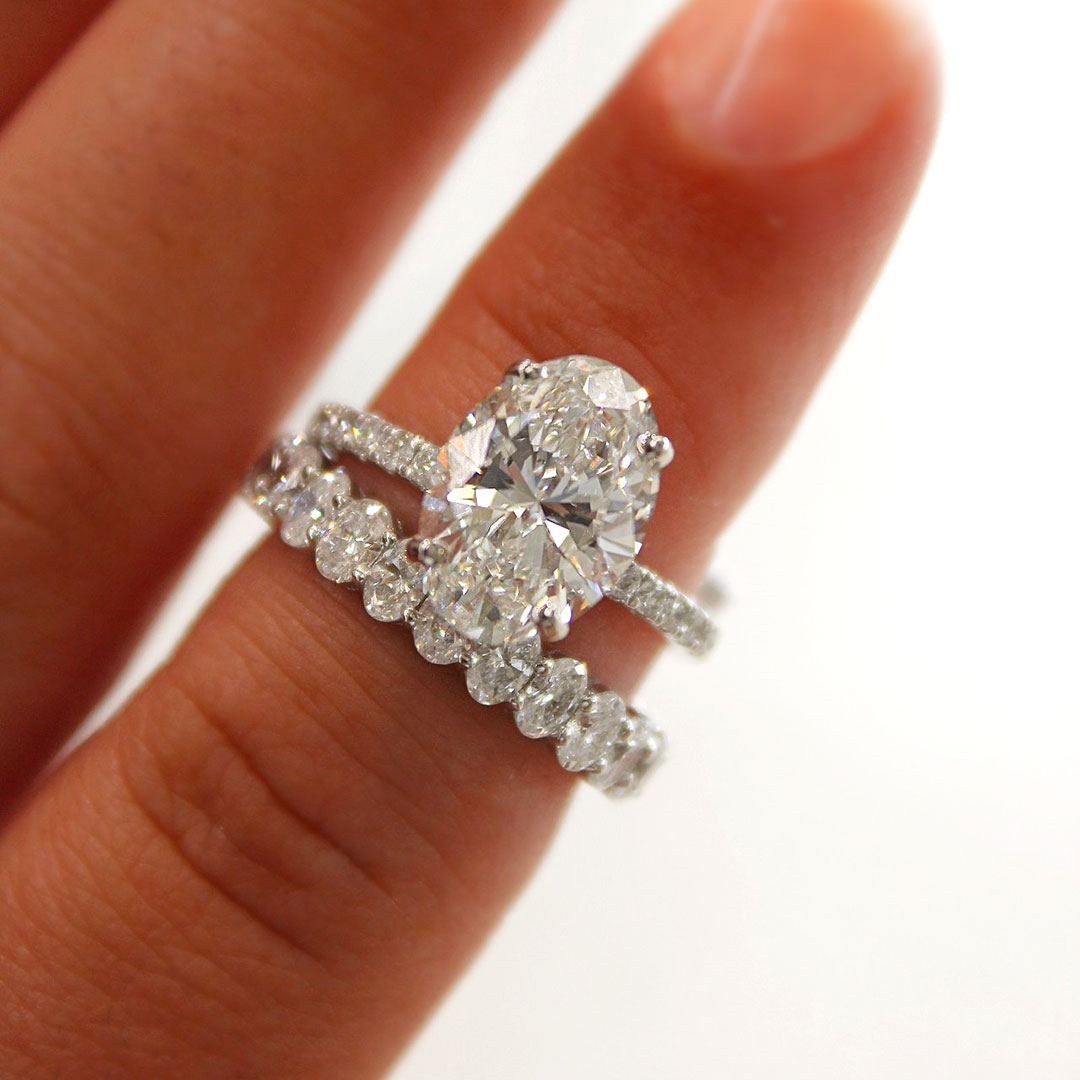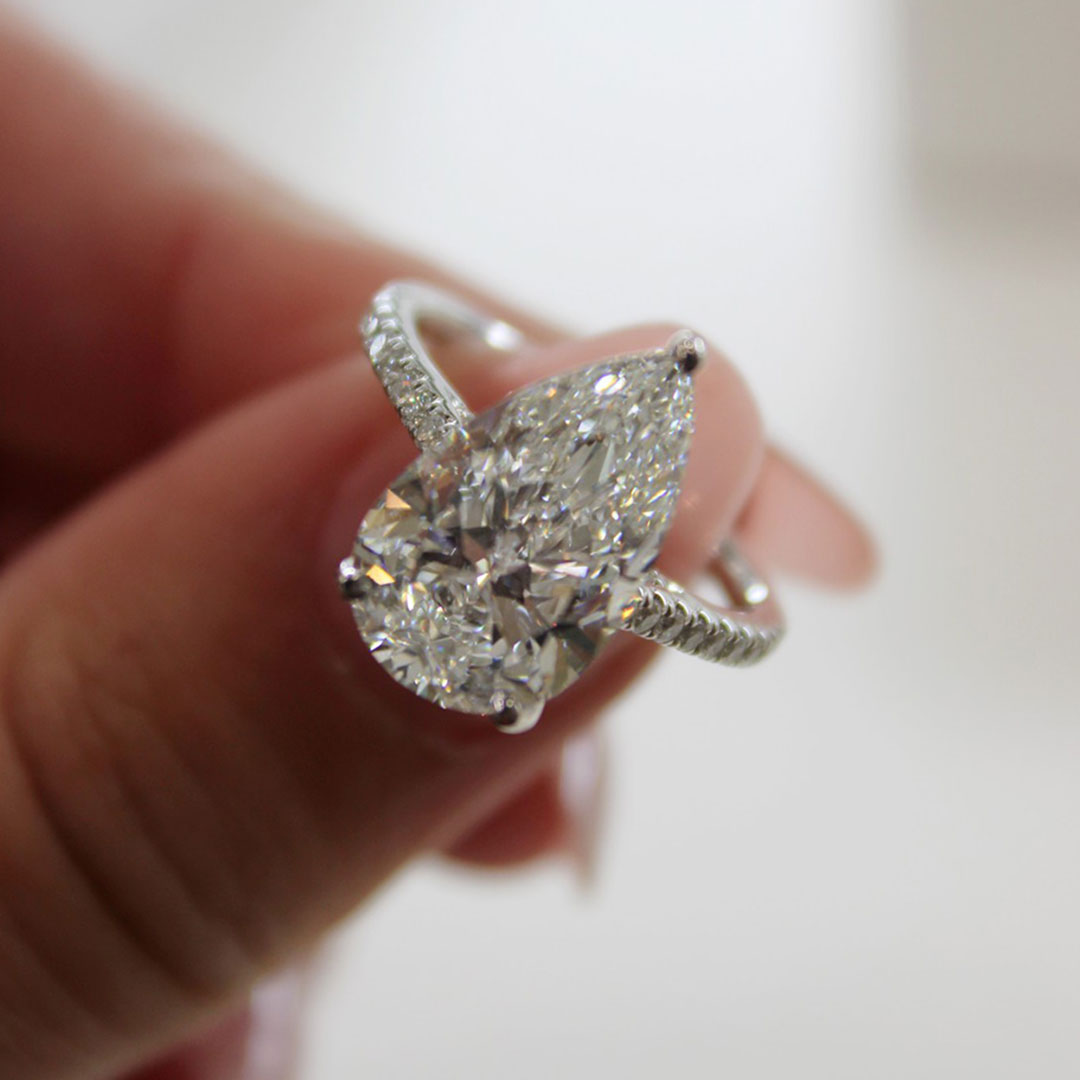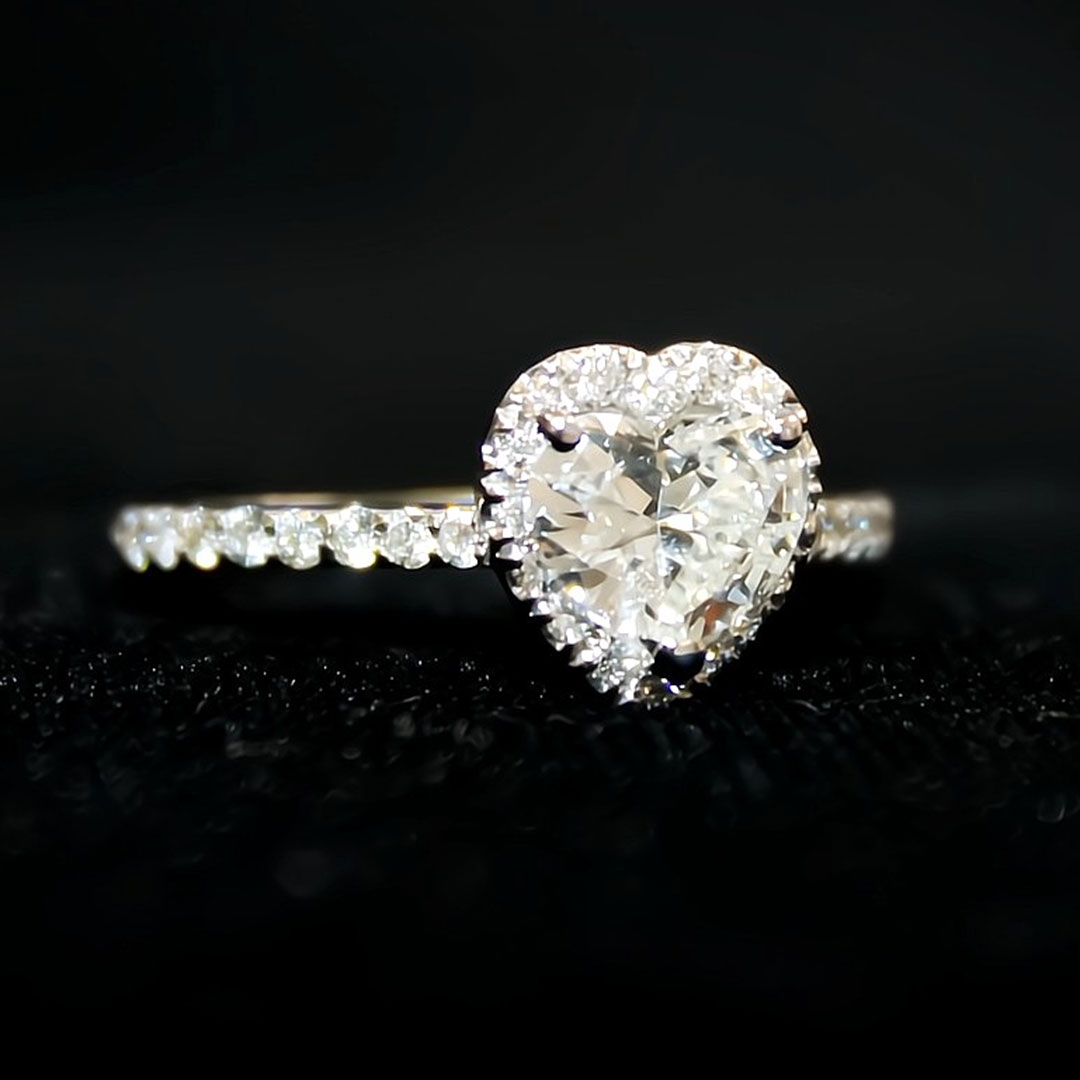Discover Our Expert Jewelry Services
At Sam’s Jewelry Emporium, we offer a comprehensive range of services designed to meet all your jewelry needs. From custom creations and expert repairs to valuable resources and financing options, our experienced team is here to provide exceptional service and craftsmanship. Explore our offerings below to see how we can help you find or create the perfect piece.
Custom Work

When you meet with our jewelry designer, Eddy Escudero, you have begun a process that will deliver a piece of the finest quality jewelry and is crafted with the utmost care. A custom-designed piece means your jewelry is precious and one-of-a-kind, a keepsake family heirloom that is never compromised.
Repairs

Sam’s Jewelry Emporium offers a variety of repair services from a simple chain repair to the most delicate antique restoration. Featured jewelry Jon Jones and his team take the time to perform intricate reconstruction of jewelry that most other stores won’t touch.
Sam’s uses a state-of-the-art Rofin Laser Welder to seamlessly repair your jewelry, enabling the most precise repairs to be made without causing discoloration or damage to the precious stones.
Watches

We have a large assortment of in-stock bands and batteries that can be installed while you wait.
Our Watchmaker Services Include:
Sam’s repairs mechanical watches
Battery replacement
Note: We will provide an estimate on all watch repairs prior to service. All watch repairs require a non-refundable deposit.


The Round Brilliant
The round brilliant is by far the most popular and traditional shape and has the best angles for which to shine maximum brilliance. It has 57 facets and offers incredible light performance due to its symmetrical shape and precise cut proportions.


Sam’s Jewelry Emporium has been family owned for more than 75 years. We have become Akron’s most trusted jewelry store. Sam’s has one of the oldest pawnbrokers license in the state of Ohio; PB.100068.000. All loans are secured in safes for your security.


Sam's Jewelry Emporium is proud to offer financing through Wells Fargo Bank N.A. and their Wells Fargo Jewelry Advantage® credit card. This card provides the flexibility of buying what you really want, while spreading out the cost over monthly payments.
A True Story...
Three daughters were getting married one summer and they each wanted to wear their late Grandmother’s wedding ring. Rather than having to make the tough decision of which daughter to give the ring to, their mother brought the ring to us. We scanned the ring using our state-of-the-art Matrix CAD Software and then re-created three exact replicas of the beautiful, timeless heirloom. Within six months each of her daughters married and now proudly carry their family heritage with them along with their mother, who still wears the original.






